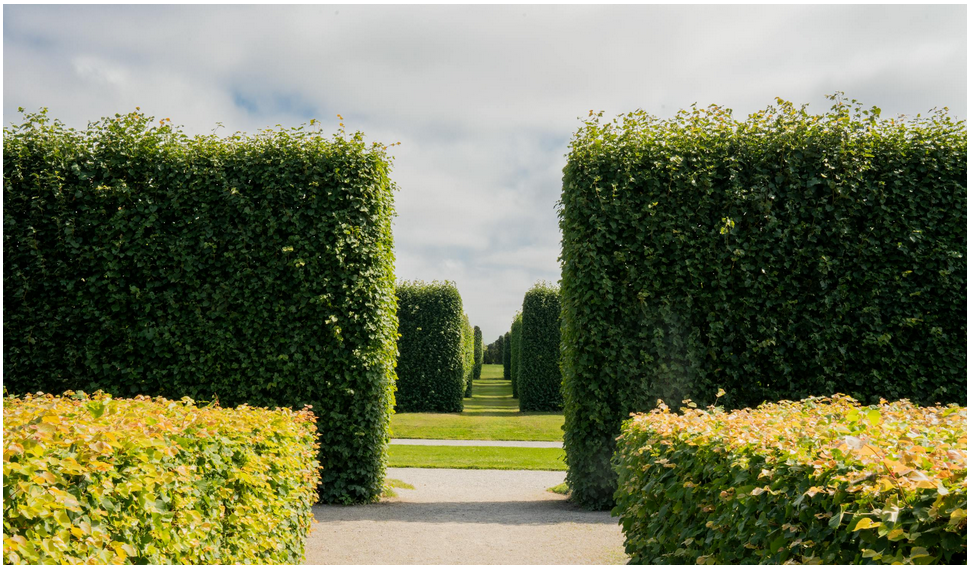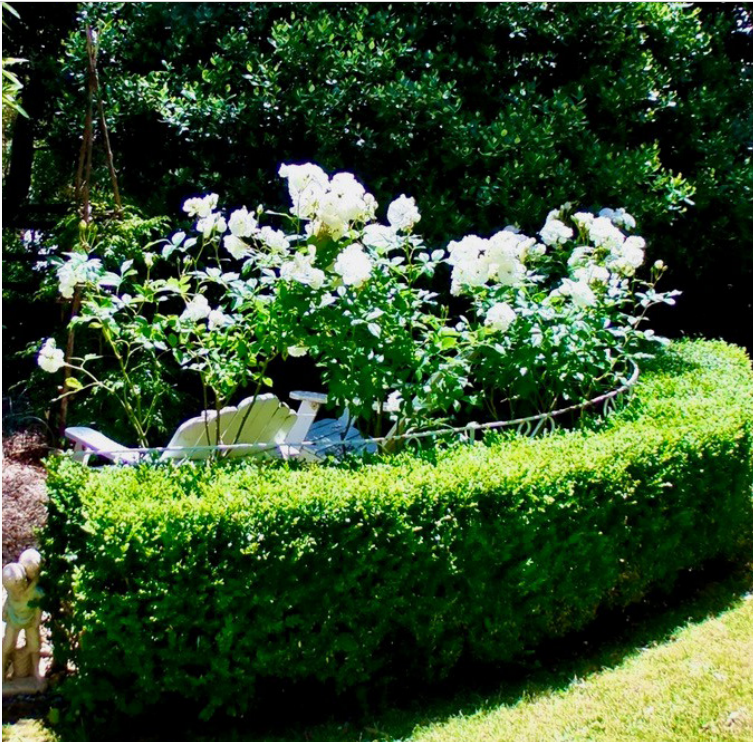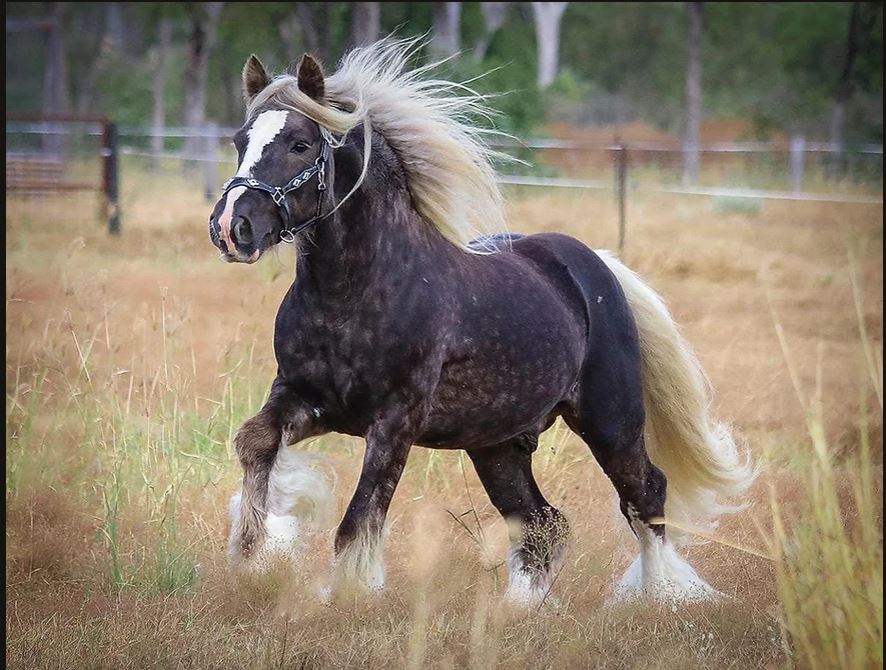September 17th, 2024Glen, about the house…

Hedges & edges
Somewhere in every garden, no matter how large or small, there arises the need for a fence or screen.
It may be a two-metre wide trellis to hide the rubbish bins or a 20-metre boundary around your swimming pool – both equally important for the comfort and safety of your family’s outdoor life.
The forms they may take are many. Hollow brick walls, wooden trellis, wire fencing – they all have one need in common: to be clothed in attractive foliage and flowers, and in some cases, to hide the innate ugliness.
If you intend to cover a free-standing wire fence, lattice fence or wall, just for their beauty, climbing roses would be in their element as would wisteria or bougainvillea.
Or why not make the trellis really pay for itself and consider growing grapevines or berries. For a frost-free, sunny hot-spot, maybe a passionfruit or two could fit the bill.
Growing a climbing version of any shrub has a great number of advantages over its bushy cousins. For a start, its mindset is “up and out, the sky’s the limit” not “slow and steady”.
By carefully selecting and fanning out on the trellis a handful of the strongest limbs and removing any stray shoots coming from the bottom in the first year, you will soon have the beginnings of your hedge.
Remember, with any grafted, bought rose to make sure you only cut from above the place where the actual rose growth joins the root stock or you will only find yourself with a wild and woolly briar rose bearing lots of big thorns and a mass of tiny, insipid blooms.
Despite the negatives thrown up at the very word hedge, that they take up too much room, need continual clipping and pruning and rob the rest of the garden of its nourishment and water, they are still very popular with most gardeners.
If you still aren’t enthused about the concept of spending too many hours tending the greenery, why not plant a group or a close row of your favourite shrubs or some of these low-growing, low-maintenance ones.
You can leave them to grow and just give them an occasional trim if they start to look shabby.
Lavender, either English or French, make fragrant neat low hedges and are attractive year-round with their furry grey foliage. They are hardy and can withstand hot, dry weather.
A rose hedge is also a beautiful option for any garden, thanks to the compact close foliage, and almost year-round heads of double brightly coloured flowers.

We have several hedges in our sprawling hillside garden. Only one is close clipped, the Japanese box, pictured above, with the rest free form and lightly trimmed every couple of months by my in-house curator.
Peta has scored quite an arsenal of personal weaponry including a matching set of an electric lawnmower, leaf blower and hedge clippers, none of which I’m allowed to even touch.
Got a gardening query? Email glenzgardengmail.com










